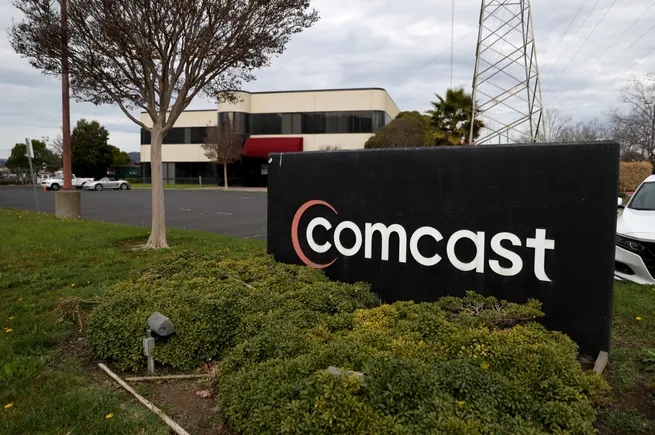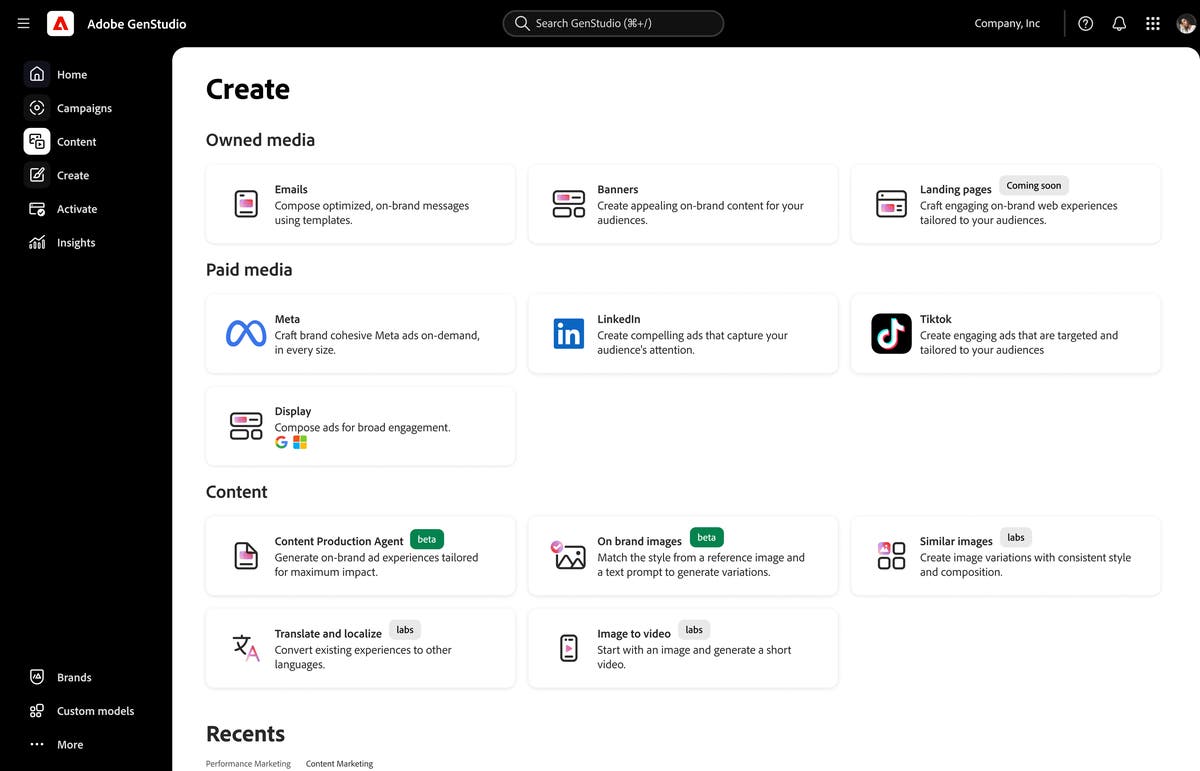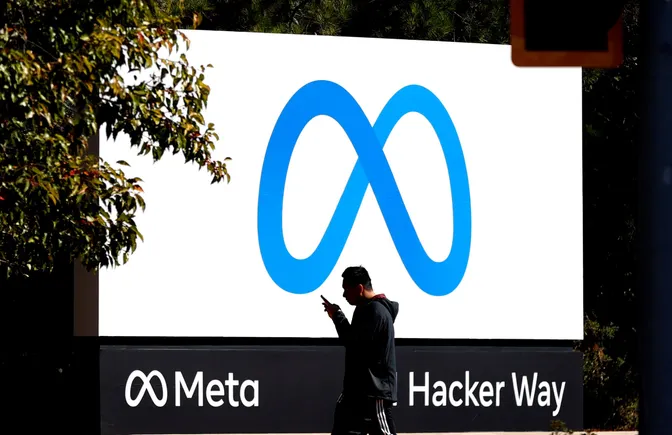Comcast Unveils Unified Programmatic Advertising Workflow
Comcast is introducing a groundbreaking advancement in the advertising space by bringing its traditional linear TV inventory into a programmatic buying environment. The move, announced recently, marks a significant step toward unifying media planning and buying across digital and traditional channels.
In a beta program currently underway with global media agency Dentsu, Comcast is enabling advertisers to access both digital and linear TV inventory through its Programmatic Private Marketplace (PMP). The initiative is powered by Comcast’s FreeWheel advertising technology platform, which facilitates real-time bidding and audience targeting capabilities across platforms.
First-of-Its-Kind Integration for Linear TV
According to Comcast, this is the first time linear TV inventory is being made available in a programmatic PMP environment. Unlike previous solutions that offered linear TV spots in a model resembling futures trading — lacking real-time capabilities — this new workflow allows advertisers to bid on inventory with the same flexibility and precision they enjoy in digital markets.
“Buyers no longer need to patch together media plans,” said James Rooke, President of Comcast Advertising. “This is a singular, streamlined workflow that empowers advertisers to optimize reach and performance across all screens.”
Expanding Reach Through Cross-Channel Strategies
The integration of linear TV into the programmatic ecosystem aims to resolve a common advertiser dilemma: the limited reach of Connected TV (CTV) campaigns alone. By blending traditional TV with digital in a unified buy, advertisers can achieve broader audience exposure while maintaining sophisticated targeting capabilities.
The initiative reflects the evolving nature of the media landscape, where audiences are increasingly fragmented across platforms. A unified buying experience simplifies the process and enhances efficiency, allowing brands to focus more on strategy and outcomes.
Customizable Buying Preferences
Comcast’s updated workflow offers media buyers a high level of customization. Advertisers can select their preferred method of accessing inventory and audiences, including through managed insertion orders (IOs), PMPs, or programmatic guaranteed (PG) deals. This flexibility allows for a more strategic approach to campaign planning and execution.
Additionally, buyers can target audiences using digital segments, ensuring that their ads reach the most relevant viewers whether they are watching on a smart TV or via traditional cable.
Dentsu Beta Test Demonstrates Success
As part of the beta test, Dentsu collaborated with creative studio Rabbits Black to promote Briarcliff Entertainment’s animated feature film, Stitch Head, which premiered in theaters on October 29. The campaign used Comcast’s PMP to purchase both CTV and linear TV inventory, demonstrating the benefits of unified audience-based buying.
“This campaign delivered true incremental reach,” said Kevin Weigand, Vice President of Partnerships and Video & Audio Lead at Dentsu. “It showed the power of combining linear and digital television in a cohesive strategy that targets audiences wherever they are.”
Future Availability for FreeWheel Clients
Following the current beta phase with Dentsu, Comcast plans to expand the offering to other publisher clients that use FreeWheel. This will further broaden the availability of linear TV inventory within programmatic ecosystems, making it easier for brands of all sizes to adopt cross-channel strategies.
By bringing linear TV into the programmatic fold, Comcast is responding to the growing demand for more efficient, scalable, and targeted advertising solutions in an increasingly fragmented viewing environment.
Industry Implications
The development serves as a potential blueprint for how media companies can adapt to shifting viewer behaviors and advertiser expectations. As digital and traditional media continue to converge, the ability to manage campaigns through a single platform represents a significant leap forward for the advertising industry.
While competitors have offered similar inventory access in the past, Comcast’s approach differs in its seamless integration, real-time capabilities, and unified audience targeting — a combination that could set a new standard for programmatic TV buying.
This article is inspired by content from Original Source. It has been rephrased for originality. Images are credited to the original source.








